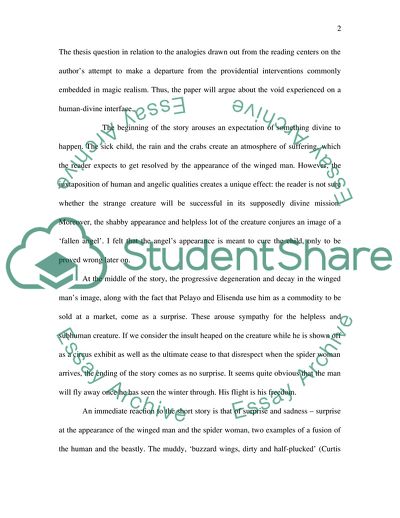Cite this document
(A Very Old Man With Enormous Wings by Garca Mrquez Book Report/Review, n.d.)
A Very Old Man With Enormous Wings by Garca Mrquez Book Report/Review. https://studentshare.org/literature/1732980-short-story-analysis
A Very Old Man With Enormous Wings by Garca Mrquez Book Report/Review. https://studentshare.org/literature/1732980-short-story-analysis
(A Very Old Man With Enormous Wings by Garca Mrquez Book Report/Review)
A Very Old Man With Enormous Wings by Garca Mrquez Book Report/Review. https://studentshare.org/literature/1732980-short-story-analysis.
A Very Old Man With Enormous Wings by Garca Mrquez Book Report/Review. https://studentshare.org/literature/1732980-short-story-analysis.
“A Very Old Man With Enormous Wings by Garca Mrquez Book Report/Review”. https://studentshare.org/literature/1732980-short-story-analysis.


